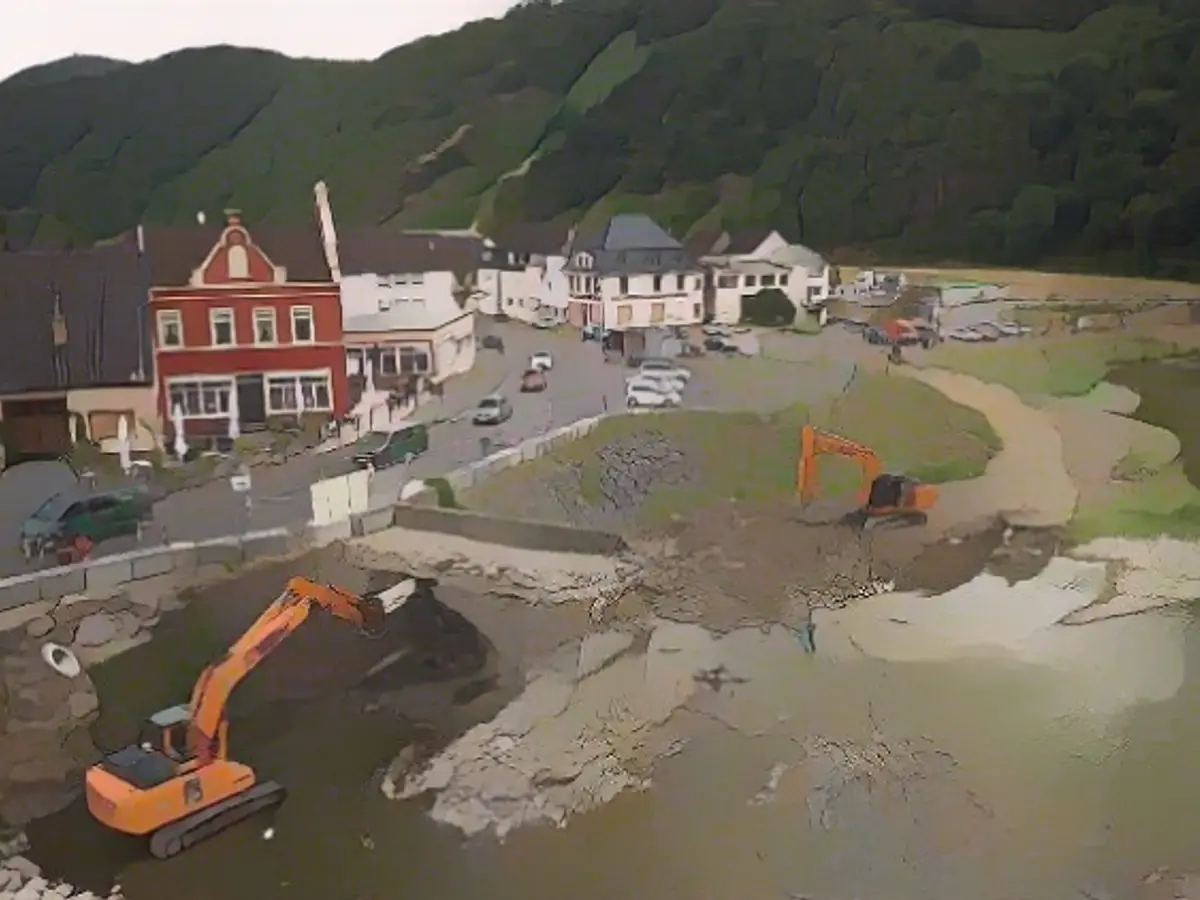The Debt Dilemma: Navigating Climate Crisis and Budget Constraints
The global climate crisis is escalating, with the UN warning of a potential 2.9-degree temperature rise, a scenario that transcends the once-trivial "climate change" talk into an apocalyptic vision of planetary destruction. Yet in the face of this crisis, Germany is engrossed in its national budget debates. This paradox has left many scratching their heads, wondering why we focus on budget concerns when our children's future hangs in the balance.
The debate surrounding the state's role in climate protection is a complex one. Many argue that the state should make do with its earnings, but this stance is misguided given the existential nature of the climate and environmental crises. We must act proactively to combat these crises - which means investing heavily in environmentally friendly technologies and infrastructure.
Tightening belts during this critical time would not be a wise decision. Instead, we should look into alternative financing sources. The European Investment Bank (EIB) has been a key player in financing climate-related projects, investing €9.6 billion in 2024 alone, primarily in renewable energy, energy efficiency, and digital infrastructure. Public-Private Partnerships (PPPs) can also help mobilize private sector capital for large-scale infrastructure projects.
Additionally, adjustments to our fiscal policy can help generate additional revenue. Relaxing the debt brake or increasing tax depreciation in the housing sector can provide additional funds for infrastructure and environmental protection without abolishing these regulations altogether.
However, any fiscal adjustments must be paired with social equity measures to ensure that investments in climate protection benefit all segments of society. Enhancing funding for low-income households and social housing, or strengthening the pre-emption right of municipalities, can help ensure an equitable distribution of resources.
Innovative financing mechanisms, such as the EIB's Climate Bank Roadmap, can also contribute to sustainable financing approaches. Energy storage solutions, like Energy Dome's, can help stabilize the grid, ensuring a stable energy supply while reducing costs.
Ignoring these crises or mandating belt-tightening during this critical time would be unwise. Instead, we must prioritize massive investments in climate protection and modernization while maintaining fiscal responsibility and social equity. The turning point in civilization is upon us, and we must rise to the challenge by creating the scope for government action that can combat these crises effectively.








